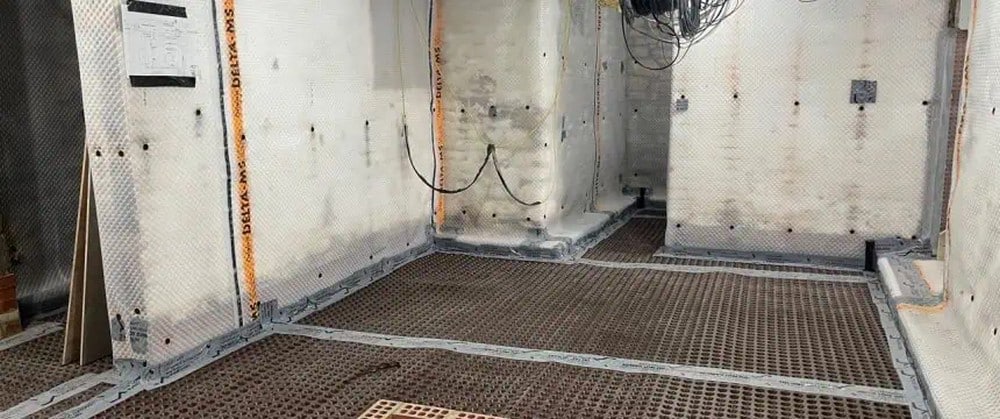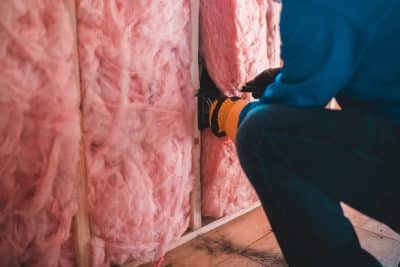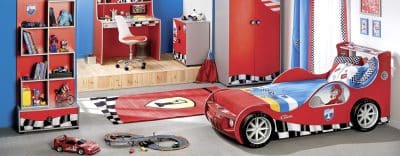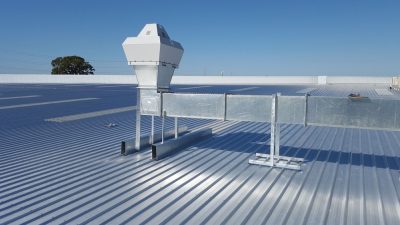
If your area has experienced extreme weather recently, waterproofing your home is more important than ever. It’s not just about keeping your things dry; it’s about protecting your foundation, preventing mold, and keeping your home safe and strong.
As the weather changes and building rules are updated, more homeowners are turning to better waterproofing solutions. The right approach not only defends your property but also boosts its value and supports a healthier living space. In this article, we’ll look at the top basement waterproofing methods in 2025 and why they’re more important than ever.
Sign Your Basement Needs Waterproofing
Not sure if your basement needs foundation repair? Watch for these signs that water may be seeping in. Spotting them early can help you avoid bigger, more expensive problems later.
Musty Odor
If your basement has a persistent musty smell, it’s a warning sign. Even if mold isn’t visible, that damp, earthy scent usually indicates that it is hiding somewhere behind walls, under floors, or in other hard-to-reach areas. Mold and mildew don’t need to be visible to cause health issues, and the smell alone is a strong sign of trouble.
Mold Growth
Mold thrives in moist, dark areas, making your basement an ideal environment. If you spot mold on your walls, floors, or furniture, it’s important to address the issue before it spreads and harms your health. Although basement mold is common, it’s not something to ignore. It can trigger respiratory problems, such as breathing difficulties and coughing, and in more serious cases, it can lead to infections that pose a risk to your health.
Cracks in Walls and Floors
Cracks in your basement walls or floors are a clear sign that water is getting in, and they’re not just surface problems. Even tiny hairline cracks can expand over time, becoming major entry points for moisture. Cracked walls are usually caused by the pressure of shifting soil, which can cause them to bow and eventually break. It’s not only the walls that are at risk; floor cracks can develop too, as the soil beneath exerts pressure.
Dampness or Moisture
If your basement feels humid or damp, even just once in a while, it’s a sign that moisture is slipping through. This often means that the space isn’t adequately sealed, which can lead to mold growth, structural issues, and an unpleasant environment over time. Don’t ignore the warning signs; addressing dampness early can save you from bigger headaches later.
Water Pooling
If you see standing water in your basement after it rains, that’s a warning sign. Pooling water usually means your waterproofing system is failing, often due to poor drainage or blocked gutters. If left unchecked, it can lead to serious foundation damage or even a flooded basement.
Different Types of Basement Waterproofing Methods
When it comes to keeping your basement dry, there’s no one-size-fits-all solution. From interior fixes to exterior defenses, here are the most effective waterproofing methods to protect your home from water damage.
Interior Waterproofing System
An interior waterproofing system is the best way to protect your basement from water damage. By managing moisture inside with drainage systems, sump pumps, and proper ventilation, you keep your space dry, prevent flooding, and shield your foundation from the wear and tear of water.
Interior Drainage System
An interior drainage system is an affordable way to keep your basement dry. It involves placing drains around the basement to guide water to a sump pump, which then moves it away from your home. This solution prevents water from collecting and helps protect your foundation from damage.
Dehumidifiers and Ventilation
Keeping your basement’s humidity in check is important for preventing mold and damage. Using a dehumidifier and ensuring good airflow helps remove excess moisture from the air. Choose the right dehumidifier based on your basement size and humidity, and regular upkeep will keep it working well to protect your home.
Sump Pumps
A sump pump helps keep your basement dry by collecting and pumping out water, especially during heavy rain. It works with drainage systems to prevent flooding. Modern sump pumps have features like battery backups and smart sensors for extra protection. They’re especially important for homes in flood-prone areas or with high water tables.
Exterior Waterproofing System
Protecting your home starts from the outside, and an exterior waterproofing system is your first line of defense. By addressing moisture before it reaches your foundation, this method protects your basement from leaks and keeps your home safe and dry for the long term.
Foundation Repair and Reinforcement
Fixing cracks and strengthening weak spots in your foundation from the outside helps protect your home in the long run. This creates a barrier to keep water out of your basement and prevents future damage. Taking care of these issues early can save you from expensive repairs later and keep your home dry and strong.
Exterior Drainage System
An exterior drainage system helps keep water away from your foundation, preventing damage. Solutions like French drains, grading, and gravel trenches safely redirect water. Though installing drainage pipes can take time and effort, it’s worth it to keep your basement dry in the long run.
Gutter and Roof Maintenance
Regular gutter cleaning and ensuring downspouts direct water at least five feet away from your home are simple yet effective ways to keep your basement dry. Gutters move rainwater away from your foundation, but without them, water can seep into your basement. A little upkeep can prevent bigger water issues later.
Advance and Trending Solutions in 2025
In 2025, basement waterproofing is evolving with cutting-edge solutions that provide smarter and more efficient protection. From smart technology to eco-friendly products, these advanced methods are changing the game, providing homeowners with innovative ways to keep their basements dry and safe.
Smart Waterproofing Solutions
Smart technology is revolutionizing basement waterproofing in 2025. With sump pumps, moisture sensors, and alerts, homeowners can monitor and manage water levels from anywhere. These systems detect leaks, track moisture levels, and send real-time alerts, allowing homeowners to take quick action and prevent significant damage.
Eco-Friendly Waterproofing Products
Eco-friendly waterproofing solutions are becoming increasingly popular among eco-conscious homeowners. These materials work well while reducing harm to the planet and improving energy efficiency. With a focus on sustainability, eco-friendly options minimize harmful emissions and boost energy efficiency.
Advance Waterproofing Coating
New polymer-based coatings are changing how we protect basements from water damage. These coatings stick better and are more flexible than traditional sealants, making them longer-lasting and more durable. They create a strong, seamless barrier against moisture and water seepage. Suitable for both interior and exterior surfaces, they strengthen foundation walls, floors, and other areas.
How to Choose the Right Waterproofing Technology
Choosing the right waterproofing solution may seem tricky, but it doesn’t have to be. Consider what your home truly needs, then look for options that provide long-lasting protection against moisture and water damage. With the right choice, you’ll save money and keep your home safe and dry for years to come.
Property Type
The best waterproofing method depends on your home’s size, age, and construction type. Older homes may have cracks or outdated materials that require additional repairs, while newer homes are ideal for preventive solutions before issues arise. Factors such as your home’s layout, the depth of your basement, and whether it is finished contribute to determining which waterproofing option will be most effective in keeping your home dry and protected.
Consider the Type of Basement
When choosing a waterproofing method, consider how your basement is used. Finished basements need stronger protection to prevent damage and control moisture, while partially finished ones may only need targeted solutions. Unfinished basements often work well with simpler options, like a sump pump. The more you use the space, the more protection it needs.
Climate and Location
Homes in areas with a lot of rain, snowmelt, or humidity require stronger systems to keep water out, such as sump pumps, moisture barriers, and exterior drainage. If you live in a drier area, simpler solutions might be enough. Knowing your local weather helps you choose the right protection to keep your basement safe and dry throughout the year.
Budget and Long-Term Value
When choosing a waterproofing solution, your budget matters, but so does the long-term value. Some options, like exterior systems or smart technology, may cost more initially, but can save you money in the long run by preventing major water damage. Cheaper fixes may seem easier on your wallet now, but they could lead to bigger problems down the road. It’s smart to balance what you can afford now with what will protect your home best over time.
Professional Advice
Getting professional advice is a smart choice when picking a waterproofing solution. Experts can assess your home, identify hidden issues, and recommend the best, most cost-effective options based on your needs. Their guidance helps you avoid mistakes and ensures your home stays dry and protected for years to come.
Key Takeaways
In 2025, basement waterproofing is more than just fixing cracks; it’s about using smart and eco-friendly solutions to keep your home safe in the long run. With new technology and sustainable options, you can prevent water damage more effectively. By spotting warning signs early, like musty smells or cracks in walls, and choosing the right methods, you can protect your foundation and belongings while avoiding expensive repairs. Whether your basement is finished or not, the right approach keeps your home dry, safe, and strong for years.








